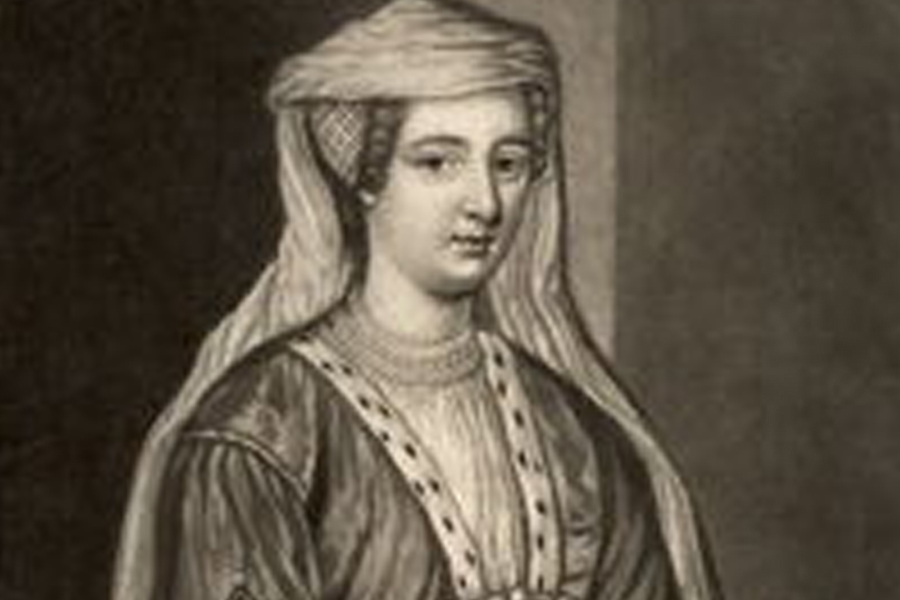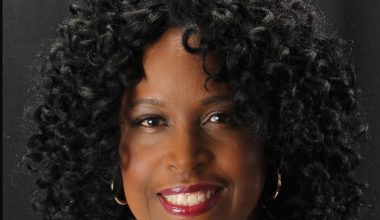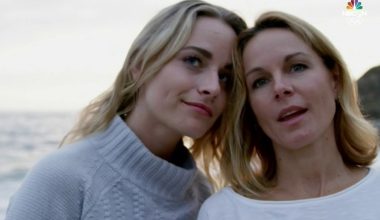Basic Information
| Field | Details |
|---|---|
| Full Name | Joan of Acre (Plantagenet) |
| Birth | April 1272, Acre (modern Akko, Israel) |
| Death | 23 April 1307, Clare Castle, Suffolk, England (age 35) |
| Burial | Clare Priory, Suffolk |
| House | Plantagenet |
| Parents | King Edward I of England (1239–1307) and Eleanor of Castile (1241–1290) |
| Siblings (select) | Eleanor, Margaret, Mary, and Edward II (b. 1284) |
| Titles/Status | English princess; Countess of Gloucester and Hertford |
| Spouses | Gilbert de Clare, 7th Earl of Gloucester (m. 1290; d. 1295); Ralph de Monthermer (m. 1297; d. 1325) |
| Children | 8 total: 4 with Gilbert; 4 with Ralph |
| Notable For | A secret second marriage that defied royal protocol; stewardship of vast estates; later veneration at her tomb |
Origins in Acre: A Princess from the Edge of Christendom
Joan’s very name carries the salt of distant seas. Born in April 1272 in the crusader city of Acre while her parents journeyed during the Ninth Crusade, she entered the world on the farthest fringe of her father’s domains. The crosswinds of the Mediterranean shaped how contemporaries saw her—a princess with an “exotic” birthplace, marked from the start as different.
Her earliest childhood unfolded in France under the indulgent care of her maternal grandmother, Joan, Countess of Ponthieu. Pampered and strong-willed, she returned to England around 1278, a spirited child of six or seven entering a court that prized obedience. That tension—between temperament and duty—would define her life.
Dynastic Chess: First Marriage to Gilbert de Clare (1290–1295)
Royal daughters married for strategy. On 30 April 1290, at Westminster Abbey, eighteen-year-old Joan wed Gilbert de Clare, the 7th Earl of Gloucester and Hertford—one of England’s most powerful magnates and nearly thirty years her senior. The marriage knit a baronial powerhouse to the Crown and negotiated a formidable dower that shielded Joan materially and politically.
Their union was surprisingly productive: four children in five years. When Gilbert died in December 1295, Joan, just twenty-three, became one of the wealthiest women in the realm. Her jointure encompassed dozens of manors—over sixty by some reckonings—casting her not only as a symbol of alliance but as a working manager of estates, rents, officers, and lawsuits.
The Secret That Shook a King: Marriage to Ralph de Monthermer (1297)
Then came the bolt from a clear sky. Early in 1297, Joan secretly married Ralph de Monthermer, a squire of obscure birth within her household. For a princess to marry a non-noble without her father’s consent was more than a faux pas; it was a political tremor. Edward I, iron-willed and exacting, reacted with fury: he imprisoned Ralph and seized his daughter’s lands.
Joan pleaded with a blend of pragmatism and wit—why should it be scandalous for a countess to marry a promising man when great earls took low-born wives without reproach? By mid-1297, the storm began to pass. Ralph was released, knighted, and recognized with the dignities of Gloucester and Hertford during the heirs’ minority, a royal acknowledgement of fait accompli. The episode revealed Joan’s agency in a world designed to deny it. She had chosen—and forced the Crown to recognize the choice.
Children and the Web of Alliances
Through eight children—four from each marriage—Joan stitched new seams in England’s aristocratic fabric. Her daughters by Gilbert married men who would stand at the heart of Edward II’s turbulent court; her sons by Ralph fought under later kings. The story of her brood is a story of how power passes in capillaries as much as in arteries.
| Child | Years | Parent | Notes |
|---|---|---|---|
| Gilbert de Clare | 1291–1314 | Gilbert de Clare | 8th Earl of Gloucester; killed at Bannockburn without legitimate heirs |
| Eleanor de Clare | 1292–1337 | Gilbert de Clare | Married Hugh Despenser the Younger; central figure in Edward II’s court politics |
| Margaret de Clare | 1293–1342 | Gilbert de Clare | Married Piers Gaveston; later Hugh Audley, 1st Earl of Gloucester |
| Elizabeth de Clare | 1295–1360 | Gilbert de Clare | Heiress; notable benefactor who refounded Clare Hall (later Clare College, Cambridge) |
| Mary de Monthermer | 1298–after 1371 | Ralph de Monthermer | Married Donnchadh IV, Earl of Fife; later associated with religious life |
| Joan de Monthermer | fl. 14th c. | Ralph de Monthermer | Became a nun at Amesbury |
| Thomas de Monthermer | 1301–1340 | Ralph de Monthermer | 2nd Baron Monthermer; died at the Battle of Sluys |
| Edward de Monthermer | 1304–1339 | Ralph de Monthermer | Held lands and saw intermittent royal disfavour before restoration |
Through Eleanor and Margaret, Joan’s line ran directly into the tempest of the Despensers and the rise and fall of royal favourites. Through Elizabeth, it seeded educational endowments that would influence England for centuries.
Estates, Income, and Agency
Joan’s wealth was structural, not ornamental. Her dower and jointure granted her a robust income stream and legal standing. She quarrelled with royal officials over wardrobe allowances, audited local stewards, and defended prerogatives in chancery—evidence of a woman who understood the levers of medieval power: parchment, seal, and suit. Financially secure, she could choose retinue, pace, even residence, asserting priorities that favored household and children over the glittering tyranny of court.
Timeline of a Compressed Life
| Year/Date | Event |
|---|---|
| April 1272 | Birth in Acre during the Ninth Crusade |
| c. 1278 | Returns to England after years in France |
| 1281 | Death of early betrothed, Hartmann of Germany, by drowning |
| 30 April 1290 | Marries Gilbert de Clare at Westminster Abbey |
| Dec 1295 | Widowhood at 23; inherits vast estates |
| Early 1297 | Secret marriage to Ralph de Monthermer; royal wrath follows |
| Mid–late 1297 | Reconciliation; Ralph restored and ennobled during heirs’ minority |
| 1291–1304 | Births of eight children across two marriages |
| 23 April 1307 | Death at Clare Castle, likely childbirth-related |
| 1359 | Reported exhumation at Clare: body found incorrupt; tales of cures spread |
Compressed within thirty-five years lies a lifetime’s worth of drama: a crusader cradle, a state marriage, a scandalous second union, and the management of a baronial fortune amid the grinding gears of Plantagenet politics.
Death, Burial, and Afterlife in Memory
Joan died at Clare Castle on 23 April 1307, and was buried at nearby Clare Priory, a religious house that became, for a time, a center of whispered marvels. Mid-fourteenth-century reports claim her body was found incorrupt in 1359, and stories of cures bled into local devotion. Whether miracle or memory’s embroidery, the reverence speaks to how she lived in popular imagination: a princess who chose her path and paid the price without flinching.
Family Dynamics: Between Longshanks and the Future
Edward I—Longshanks—was a monarch who did not easily forgive defiance. Yet he ultimately made space for Joan’s second marriage, a grudging concession wrapped in royal prerogative. With her younger brother, the future Edward II, Joan shared affection and affinity. Through her daughters, she would haunt his reign: the Despensers, Gaveston, Audley—names that ring like drumbeats in the chronicle of a troubled king—were family, not merely courtiers.
Reputation and Legacy
Joan of Acre endures as a study in medieval female agency. She managed estates, birthed dynasties, and—most unforgettably—married for love in a world where love was rarely consulted. Her life reads like a tapestry stitched in gold and iron: soft threads of domestic care interlaced with the hard wires of lineage and land. Centuries later, her story still sparks because it asks a timeless question: how far will you go to choose your own fate?
FAQ
Why was she called “Joan of Acre”?
She was born in the crusader port of Acre in April 1272, and the toponym stuck as a lifelong marker of origin.
How old was Joan when she died?
She died at age 35 on 23 April 1307.
Did Joan really marry for love?
Her second marriage to the squire Ralph de Monthermer was secret and defiant, widely viewed as a personal choice rather than a dynastic arrangement.
Why did Edward I initially oppose her second marriage?
Because it bypassed royal consent and joined a princess to a man of low birth, threatening diplomatic bargaining power and court hierarchy.
How many children did she have?
Eight: four with Gilbert de Clare and four with Ralph de Monthermer.
Which of her children became most prominent?
Eleanor and Margaret de Clare, through marriages to Hugh Despenser the Younger and Piers Gaveston/Hugh Audley, stood at the vortex of Edward II’s politics; Elizabeth de Clare became a major heiress and benefactor.
Was Joan wealthy in her own right?
Yes; her marriage settlements and widow’s dower secured extensive lands and income, giving her significant financial autonomy.
Where is Joan buried?
At Clare Priory in Suffolk, near her residence at Clare Castle.
Are the miracle stories at her tomb credible?
They are medieval reports of veneration and alleged cures; whether miraculous or not, they show her lasting local renown.
What titles did Ralph de Monthermer hold after marrying Joan?
He was recognized with the dignities of Gloucester and Hertford during the heirs’ minority and later summoned as a baron.



